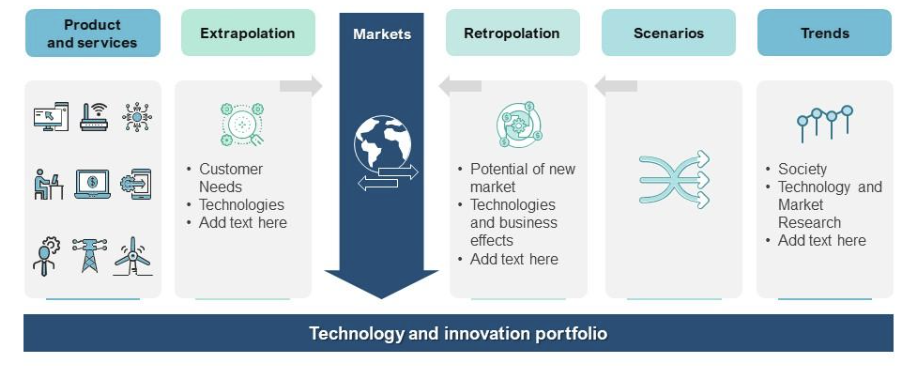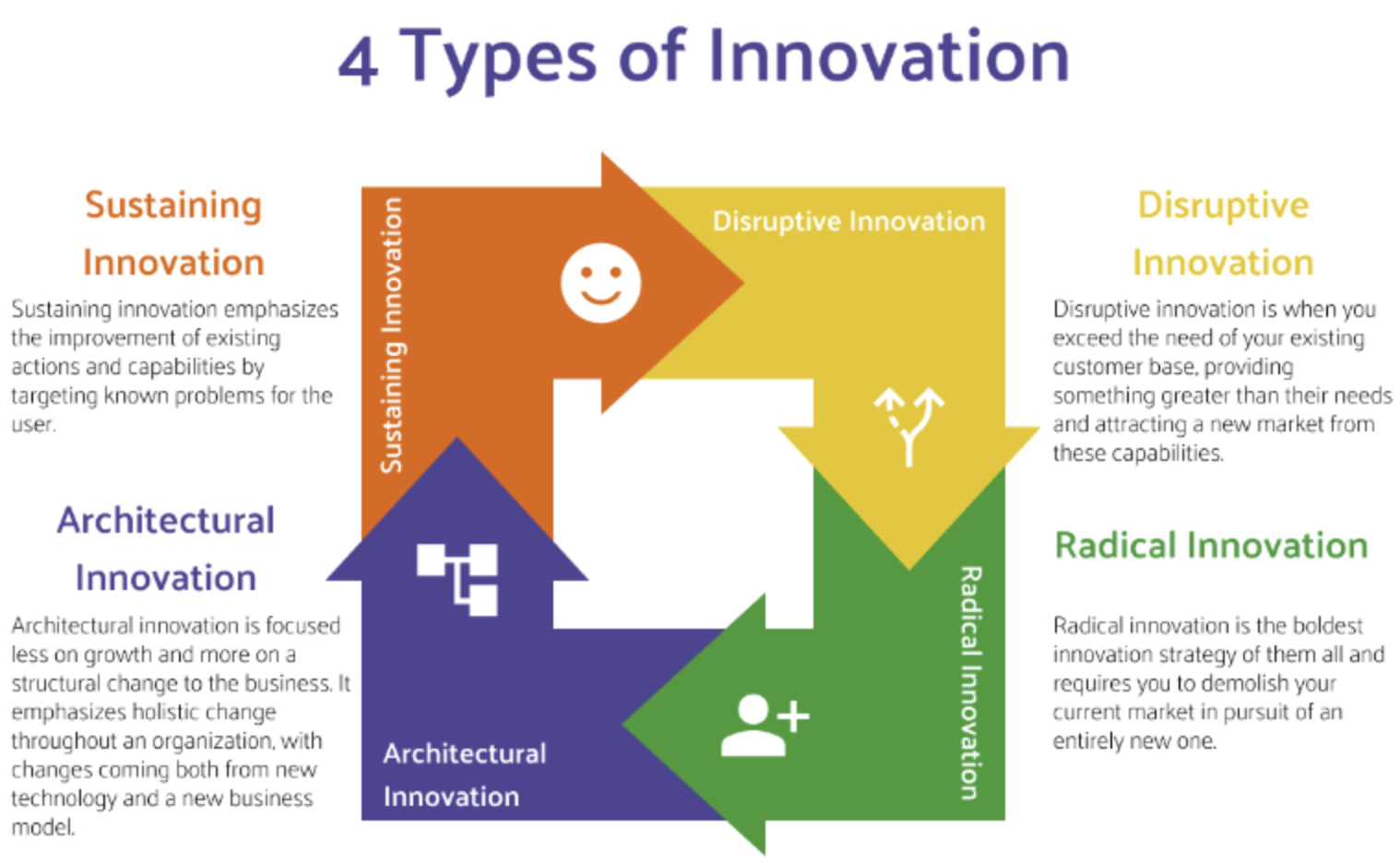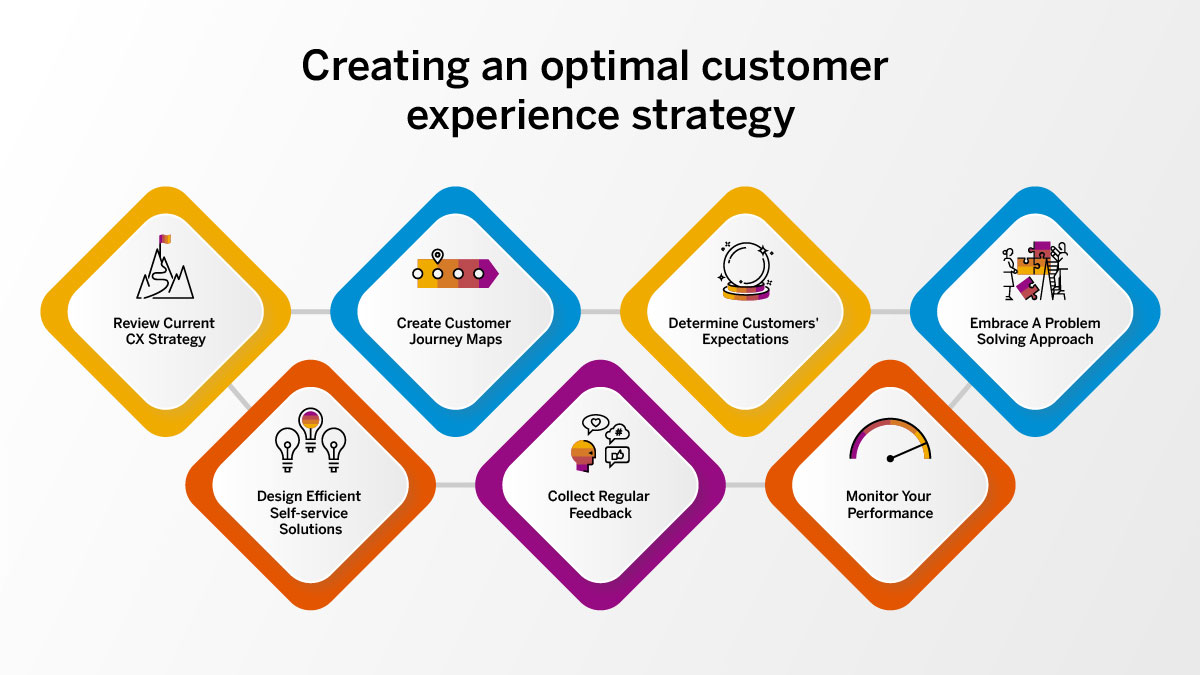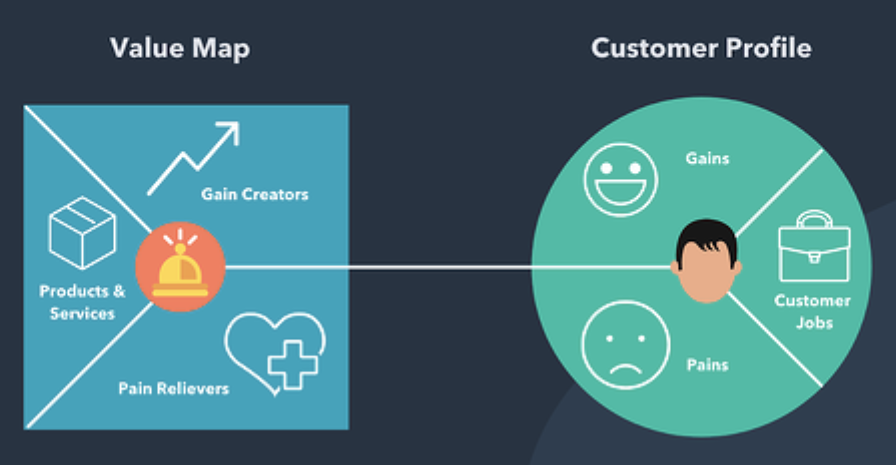innovation management. innovation management. innovation management. innovation management. innovation management. innovation management. innovation management.
Innovating does not happen simply because inspiration strikes. To achieve continuous advancement, a company must establish a system that encourages innovation on a regular basis. Effective innovation management is the key to success.
An innovation strategy enables businesses to go after future growth milestones in order to meet specific client needs. It will outline the value added to the product/service and should help your firm evolve to better target an enhanced client experience.
An innovation plan will include the policies, research methodologies, and tactics needed to achieve your objectives. It is essentially a business model for your innovation goals and will serve as a guide to increasing the innovative capital of your company.

Innovation does not happen by accident; it is the result of a carefully designed environment that encourages the purposeful creation of new ideas. Effective innovation management is critical for any firm seeking to gain a competitive advantage and makes future planning far more successful.
The client needs you are aiming for will appear very different depending on the type of innovation your company is pursuing. A sustainable innovation strategy will look at present customers and their demands, but a radical innovation strategy will look at a completely different, untapped market to nurture innovation potential. To help you grasp the differences, we’ll review the many innovations below.
An innovation strategy focuses on the company’s fundamental value and how it can expand to satisfy increased client needs or enter a completely new market. One of the most essential things a company can do to enhance customer retention is to deliver value. Here are a few reasons why having an innovation management strategy is critical.
Clarifies Goals: developing an innovation strategy aids in the formalisation of some of the most significant corporate goals. When the goals of the organisation are articulated, it helps prioritise what is most important to the business and how your team can efficiently achieve them.
Alignment: innovation management helps achieve alignment at all levels of the firm. Whether it is individual duties, high-level strategy, or operations management, everyone will have a common understanding of the major goals and how to achieve them.
Optimises for long-term success: an innovation plan outlines the business’s long-term strategic orientation rather than focusing exclusively on the immediate future. This adds meaning to the short-term duties while providing the organisation with a long trajectory.
Encourages teamwork: when innovation is at the heart of a firm, teamwork is essential for progress. Developing an innovation strategy promotes collaboration across individuals, teams, and departments. This creates the ideal climate for ideas to flourish.
Every innovation strategy is unique and will be strongly related to one of the categories of innovation outlined above. While each firm may have distinct goals and techniques, there are some best practices for developing an innovation strategy that will benefit any business. Here are some important guidelines to consider while developing an innovation plan.

Source: 4 types of innovation
The first step in developing an innovation strategy is determining where you are now and where you may benefit the most. This will be an important consideration when deciding on the type of innovation to build your strategy on since you will need to select whether you will disrupt or address your target market.
Understanding your brand identity, consumer value, and current emphasis is critical for developing an innovation plan that works for your company. It can be useful to conduct some competitive analysis throughout this process to understand where other companies are evolving in your competitive environment and how this may affect your future developments.
It’s critical to undertake an internal analysis at the start because it creates the groundwork for the type of innovation strategy you adopt and how you prioritise in the future.

Source: customer experience strategy
After you’ve determined your positioning, you should start investigating your customers’ demands. Understanding your consumer base’s shifting needs is crucial to constantly delivering value through your product/service.
Depending on the innovation, you may wish to concentrate on different areas in regard to your customers’ needs. For example, if you’re developing a disruptive innovation plan, you might evaluate the needs of your current user base briefly but will concentrate significantly on your ideal target market, which has yet to be addressed.
These specifics will be critical in building value and messaging within your company, so make sure you have a firm grasp of your target market and how you can successfully address their demands.
After determining who your clients will be, you must determine why they are choosing your product/service. Here is where your value proposition comes into play.
As you develop your innovation strategy, your present value proposition is designed to evolve. This statement will cover not only the overall shift in your business as a result of your invention but also why customers will pick your product as well as what they will gain from it. Your innovation strategy’s value proposition should be similar to the value you provide with the end result.
This value should not be exactly the same as it is now, so identify how your approach to innovation differentiates your company and represents that in your improved value proposition.

Source: value proposition template
The final step in developing an innovation strategy is formalising the processes and methodologies. To consistently and efficiently execute your innovation plan, you must first understand how to build each phase to create a valuable final result.
Your innovation strategy’s components will concentrate on developing and communicating your new solutions. It’s critical to focus your innovation strategy on specific projects that will contribute to the broader goals you’re aiming for. Collaborate with team leaders in R&D, development, and marketing to determine how to make your goals attainable and attainable.
This is the most effective way to ensure that your innovation plan is constantly expanded upon and enhanced over time.
What is your opinion on the topic? Let us know what you think on LinkedIn!